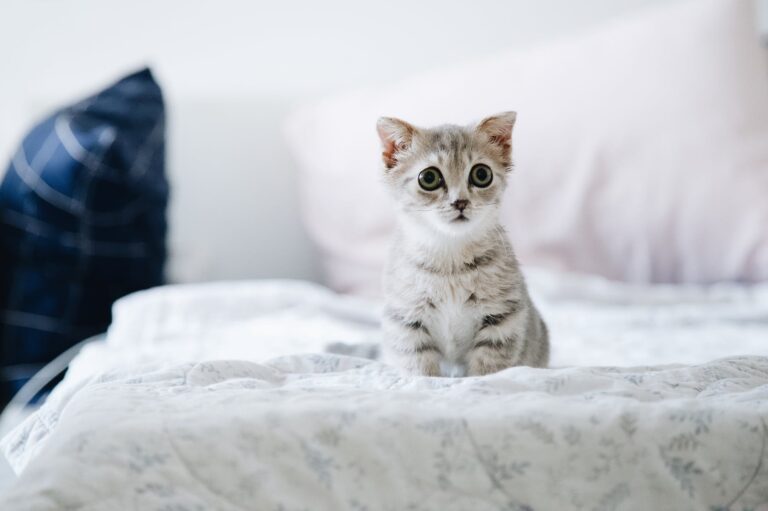Getting a cat is no small ordeal. Before welcoming the animal into your life, you should be well prepared and know what you are really getting yourself into. That means you need to get your home ready for the new tenant. The situation gets even trickier if you are living in an apartment, and since you’re reading this, it is more than likely that you want to give your kitty the best possible life. Here are a few things you need to pay attention to before the cat arrives in the home.
1. Space for the cat
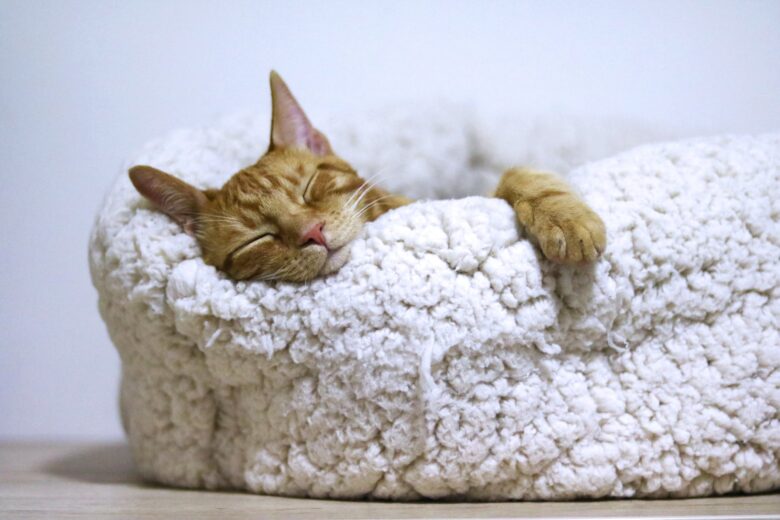
You will need to provide a small area in your apartment where you can place a bed for the cat. This is crucial in the first few weeks, while the kitty gets used to the new surroundings. You don’t have to buy a kitty bed; instead, you can construct one out of some blankets and a card box. Still, the cat might decide to sleep… Well, anywhere else.
2. Cat-proof your home
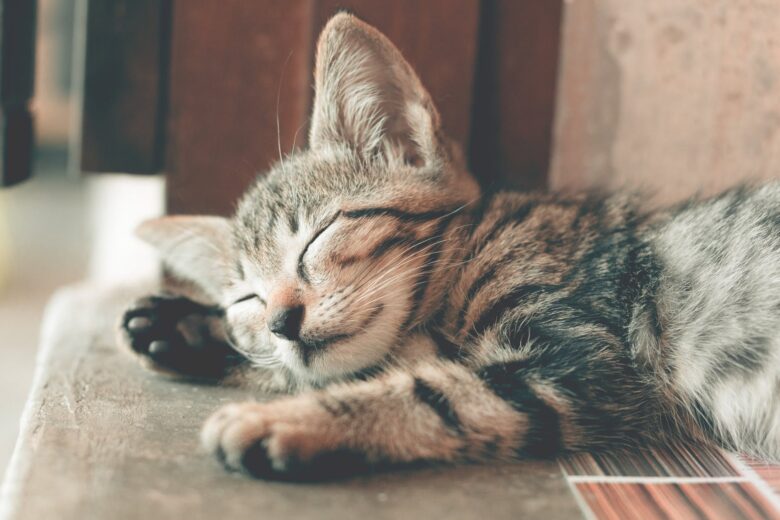
It is highly recommended that you remove or secure objects that might break or tumble down. They enjoy climbing onto shelves and furniture, and they really like pushing things off, so make sure that the cat won’t be able to knock off your table lamps, vases, liquor bottles, etc, while they are curiously playing or simply trying to get your attention.
Also, it is very important to eliminate any objects that might hurt your new pet. Some plants might be poisonous for a cat – lilies, azalea, oleanders, tulips – are just a few dangerous ones, there are many others too, so inform yourself about all the possible toxic plants and flowers you should get rid of just in case it is tempted to eat them. Prickly cactuses can injure the animal, especially if they are in the way. Make sure you get rid of pesticides or rodent traps that are lying around in the corners and any medications or cleaning products that are easily accessible to the animal. If ingested, they can kill your cat, or in the least, cause incidents that will require a visit to the vet.
It is a smart move to get a trash bin with a lid that is not easily removable so that it doesn’t fall into the trash bin and possibly suffocate on plastic bags, or eat something from the garbage she is not supposed to eat.
If you live on a higher floor, especially the second or any other higher floor, you will need to cat-proof your balcony, too. Find if there are holes in the fence through which the cat can fall down – and cover them. Also, be careful: check if it is plausible for your pet to climb up the fence and drop from the other side. This is very important since cats don’t have a great sense of height and might get hurt if they fall down – despite the well-known fact that they land on their feet. You can put up barriers, or screens, or just keep the balcony door closed. Definitely keep your windows closed too, especially in the first few months after getting your pet.
3. Cat litter
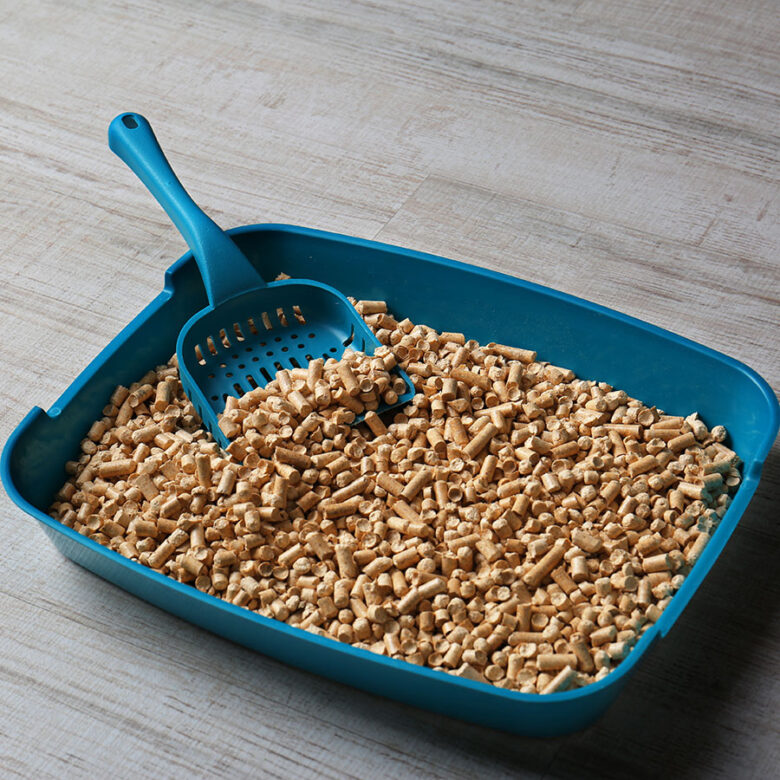
They are very clean animals, and once they get potty trained, they will be quite independent and won’t need you around while they poop. Of course, you will have to provide them with a cat litter box and clean it on a regular basis. If you wish to minimize your efforts in that area, go here to find the perfect solution for your cat’s pooping needs.
4. Food and water station
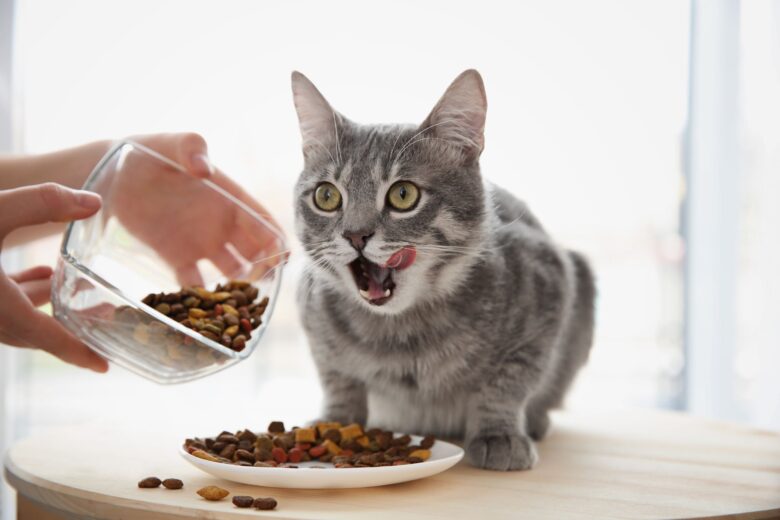
There are many fancy food dispensers that will provide the right amount of food for your cat at regular, pre-set intervals. However, if you are more old-school or you don’t want to spend a lot of money on this, stainless steel food and water bowls are the best choices since the plastic ones might leak toxins or support bacterial and fungal growth. Make sure you wash them regularly (although you should stay away from harsh chemicals that might compromise the integrity of the metal and poison the animal) and, definitely change the drinking water every day.
5. Cat food
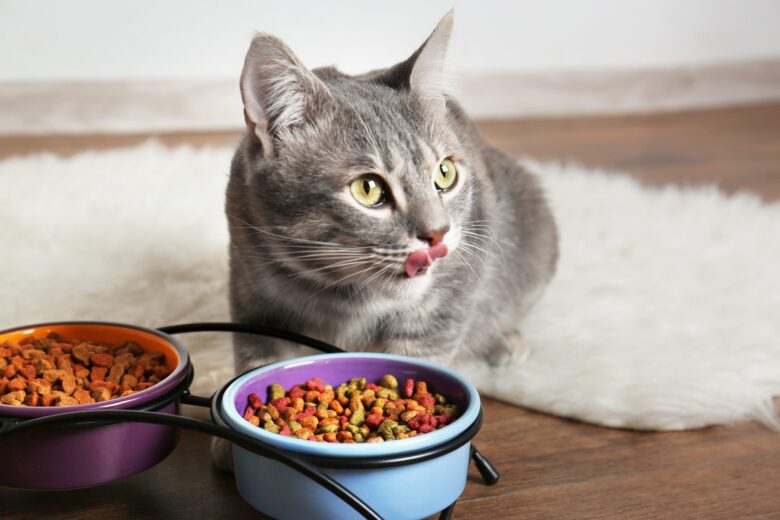
Always buy high-quality food that will satisfy all the nutritional needs of your pet and help it live a long and healthy life. Snacks and supplements are optional, and they should be carefully selected because not all of them are good for your cat, despite what it says on the label. You should also find out which items of food you shouldn’t feed your pet to, even if you are tempted to share your snack with kitty.
6. Cat toys
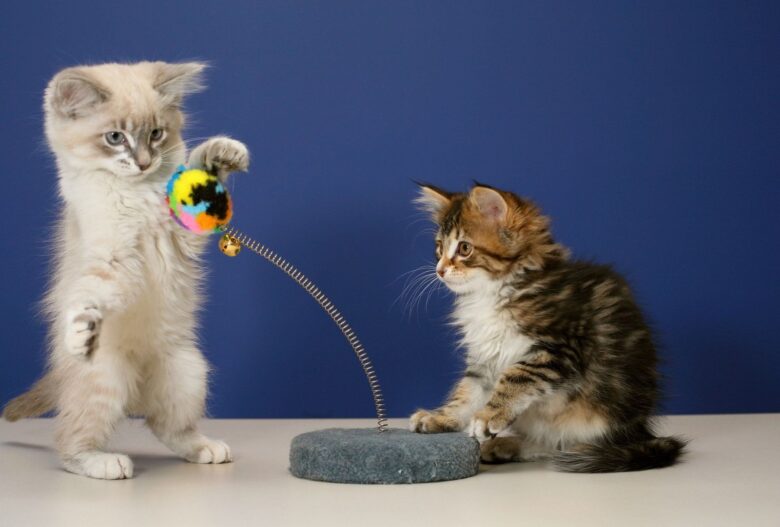
Even though they can play with just about anything, it would be nice to get a few toys that will entertain your pet. Make sure they are of good quality; non-toxic and ones that won’t break, because it might swallow the tiny pieces or get them stuck in the throat. Also, be careful when handling DIY toys to the cat or using everyday objects – make sure they don’t pose any hazard to the animal.
7. Pet carrier
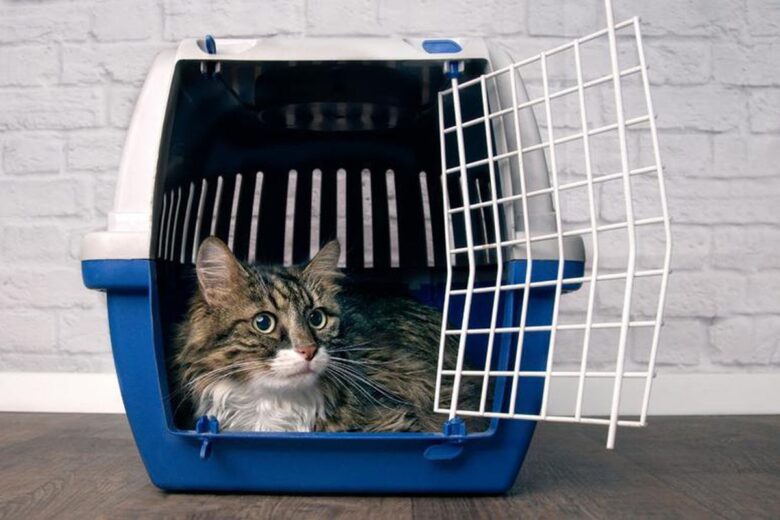
Get a cat carrier and perhaps even a harness if you intend to take it on walks. At some point, you will need to transport it to the vet, to a groomer, or to your friend’s or parent’s house for cat-sitting. Trips like these can be stressful for your pet, so having a carrier will simplify things for you, and will provide a safe environment for the animal during the ride.
8. Training items
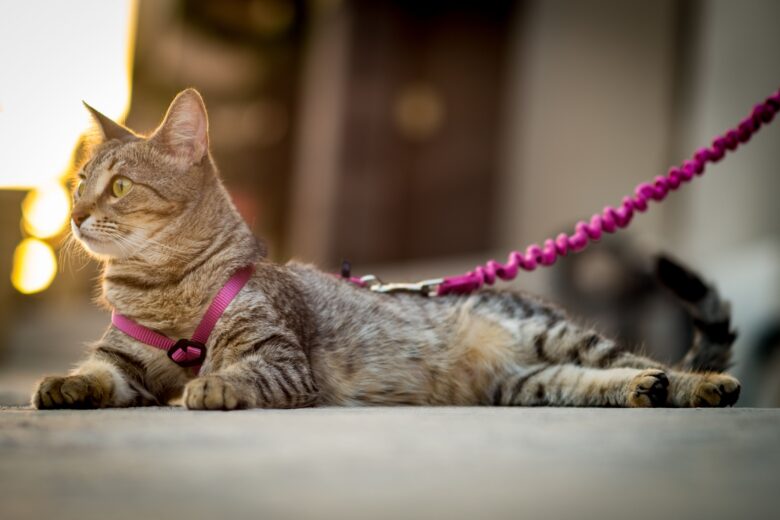
Perhaps some wouldn’t approve of this trip, but it might be wise to get a spray bottle or a small squirt gun in case the cat misbehaves. That way you can discipline and deter the animal without hurting it, but you have to be consistent. However, have in mind that they can be a bit stubborn, so you’d have to be patient and understanding.

